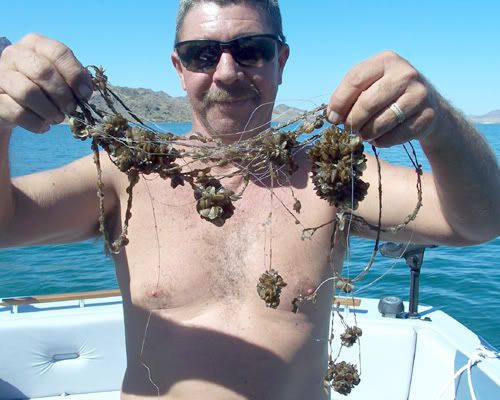Re: how do you get a dry bilge for the quagga inspection?
All the lakes I fish in have Eurasian Milfoil. It has not destroyed any of them. In fact, the fish populations are higher than ever before. Bass fishing has improved dramatically due to the milfoil, and so has northern pike and muskie fishing.
It's a nuisance in the shallows, but it doesn't harm the fish at all. The reality is that it has decreased in most of the lakes now, after a number of years, and native lake plants have replaced the milfoil in many areas.
Not every exotic spells the end of a lake. Eurasian milfoil certainly doesn't.
Interesting. Every one of the ponds here that has been infested with Milfoil is declining or destroyed as far as fishing is concerned. Perhaps the effect is dependant on the conditions prior to the infestation? At any rate, ponds that used to have healthy populations of lily pads and large bass are completely choked with milfoil and the fish are either stunted or gone. In most cases, you almost would need an airboat to cross vast expanses of dense milfoil growing right to the surface. Most of the ponds I fish are typically 5-8 ft with some areas going to 15 ft. One lake, like those I am used to in the Midwest, is also infested but due to the depth, only about 10% of it is nearly impenetrable. Trouble is, the fish have a hard time excavating shallow areas to spawn so the populations there are also down.
When I lived in WI, they would either treat with herbicides or harvest the plants and dump them on shore. Both operations had a measureable impact on fishing for a prolonged time. Out this way, they have only begun to explore herbicides and manually harvesting just the milfoil by hand!
What really got my attention is your comment about them closing off access altogether unless you reside on the lake. I suppose one option is this banding process that insures you've not boated on other waters. That would mess me up pretty good because we go to a lot of different ponds and lakes depending on the season or what we want to fish for. We currently have a mainly self-regulating inspection for plants but formal inspections cannot be far off.
One only need look at the Caulerpa problem in the Mediterranean to see the devastating effect of invasive plant species...






















